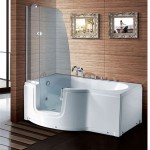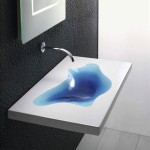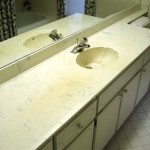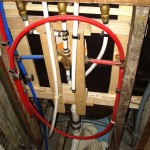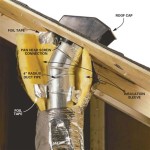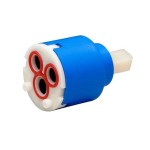Essential Aspects of Bathroom Sink Diagram Parts
Understanding the intricate details of a bathroom sink diagram is paramount for successful installation, maintenance, and troubleshooting. Each component plays a crucial role in the seamless functioning of this ubiquitous fixture. Delving into the essential aspects of these parts empowers homeowners and professionals alike to make informed decisions and maintain a pristine and efficient bathroom space.
Faucet
The faucet is the heart of the sink, controlling the flow of water. It consists of a handle, spout, and aerator. The handle regulates the temperature and volume of water, while the spout directs the stream. The aerator introduces air into the water, creating a softer, less forceful flow. Different types of faucets include single-handle, double-handle, and touchless faucets.
Drain Assembly
The drain assembly prevents water from overflowing and allows it to drain smoothly. It comprises a drainpipe, stopper, and tailpiece. The drainpipe carries water away from the sink, while the stopper plugs the drain to retain water. The tailpiece connects the drainpipe to the sink.
Sink Base
The sink base provides structural support for the sink. It can be made of various materials such as porcelain, stainless steel, or composite. The base's shape and size determine the sink's overall appearance and functionality.
Backsplash
The backsplash is a vertical panel that extends above the sink, protecting the wall from water splashes. It can be made of ceramic tile, natural stone, or laminate. The backsplash adds a decorative element to the bathroom while safeguarding the wall from moisture damage.
P-Trap
The P-trap is a U-shaped pipe that connects the drain assembly to the drainpipe. Its purpose is to trap water, creating an airtight seal that prevents sewer gases from entering the bathroom. The P-trap also acts as a sediment trap, catching debris and preventing clogs.
Overflow Hole
The overflow hole is a small hole located near the top of the sink. It prevents water from overflowing by allowing excess water to drain out. The overflow hole is connected to the drain assembly through a small tube.
Conclusion
The intricate components of a bathroom sink diagram work harmoniously to ensure the efficient and hygienic operation of this essential fixture. Understanding the essential aspects of these parts empowers homeowners and professionals to maintain a functional and aesthetically pleasing bathroom space. By exploring the various parts and their functions, you can make informed decisions regarding installation, maintenance, and troubleshooting, ensuring a seamless and enjoyable bathroom experience.

20 Bathroom Sink Drain Parts How They Works Stopper Plumbing

Bathroom Sink Parts Diagram Plumbing Drain Kitchen Remodel

Bathroom Sink Plumbing Diagram Drain

Parts Of A Sink The Home Depot

Bathroom Sink Plumbing Diagram Diy Sinks Drain Kitchen Remodel

How To Fit A Bathroom Sink Diy Guides Victorian Plumbing

Bathroom Sink Drain Parts Diagram Http Www Designbabylon Interiors Com Part Plumbing Kitchen

Parts Of A Sink The Home Depot

Bathroom Sink Pop Up Stopper Parts Diagram Drain Plug

Parts Of A Sink The Home Depot
